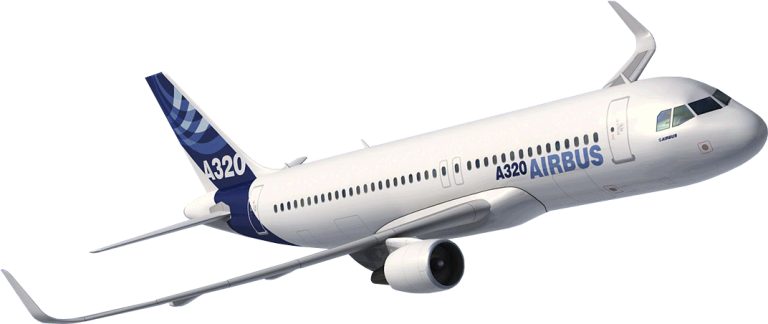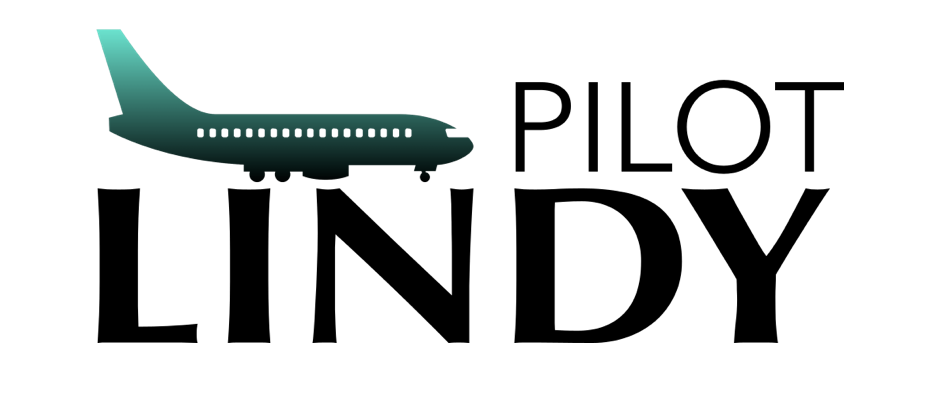KIDS GUIDE TO BECOME A PILOT
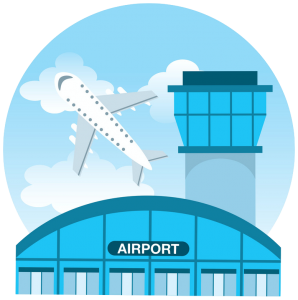
Are you dreaming of becoming a pilot when you grow up? In this guide you will start to learn a little bit about things that pilots learn in flight school!
You can see a bit of how an airplane flies, about the weather and about the aviation alphabet that we use when we communicate with the control tower.
Are you ready for take off?
METEOROLOGY
Before the flight, the pilots will check the weather for the flight route and destination. They have to understand how to read the weather charts and the forecast. In that way, they are always prepared.
It is important to know if there will be rain or snow, how high the clouds are and how strong the wind will be.
Near the runway there are wind socks that show the wind direction and strength. It is a big sock that turns around a pole as the wind moves through them. You can see the wind speed by counting how many white and red bars are being pushed straight by the wind, each bar is 3 knots!
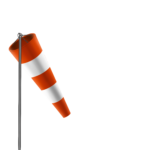
WIND CALM
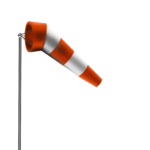
WIND 3 KNOTS
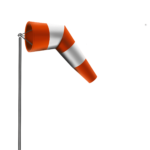
WIND 6 KNOTS
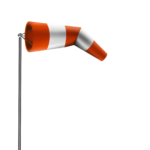
WIND 9 KNOTS
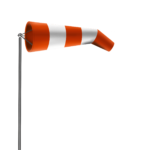
WIND 12 KNOTS
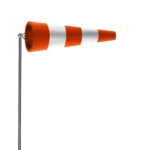
WIND 15+ KNOTS
If you want to learn more about the weather, you can have a look here! It's made for older kids and grown ups, but you can always have a look and see if you manage to understand already!
COMMUNICATION
AERONAUTICAL ALPHABET GUIDE
Pilots use an Aeronautical Alphabet to pronounce letters. This is to avoid confusion and misunderstanding between the pilots and the air traffic control, as some letters sound a lot like each other!
Have a look at the guide to learn more about the pilot alphabet and you'll find some games to test how well you know the pilot alphabet!
PERFORMANCE
For an airplane to take off, we need to make some calculations. We have to think of the airplane weight, the length of the runway, the temperature, the wind and the airplane configuration.
With configuration, we mean the use of flaps. Below you will learn more about how flaps (and other parts of the wing) work.
The Engines of the airplane create thrust (a force that moves us forward) and the Wings of the airplane create lift (a force that moves us upward).
AERODYNAMICS
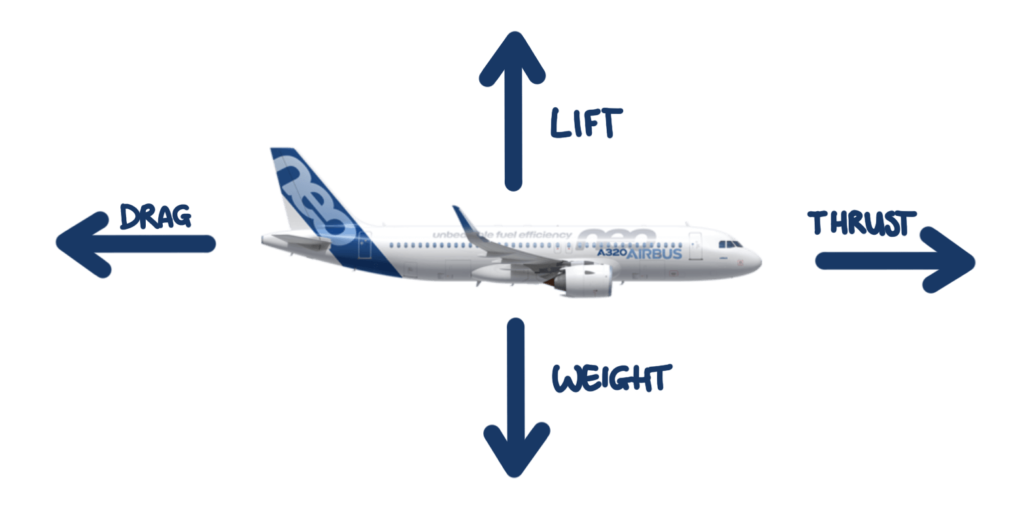
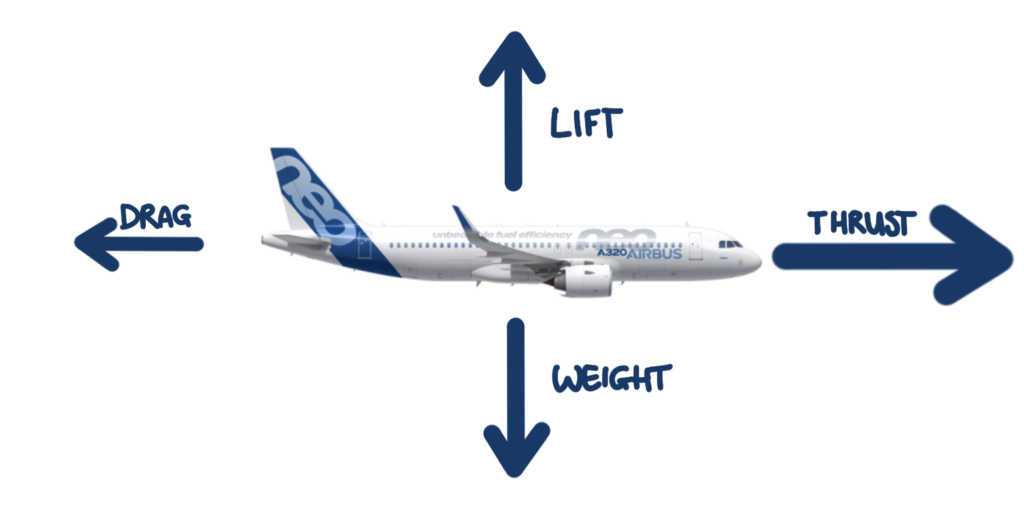
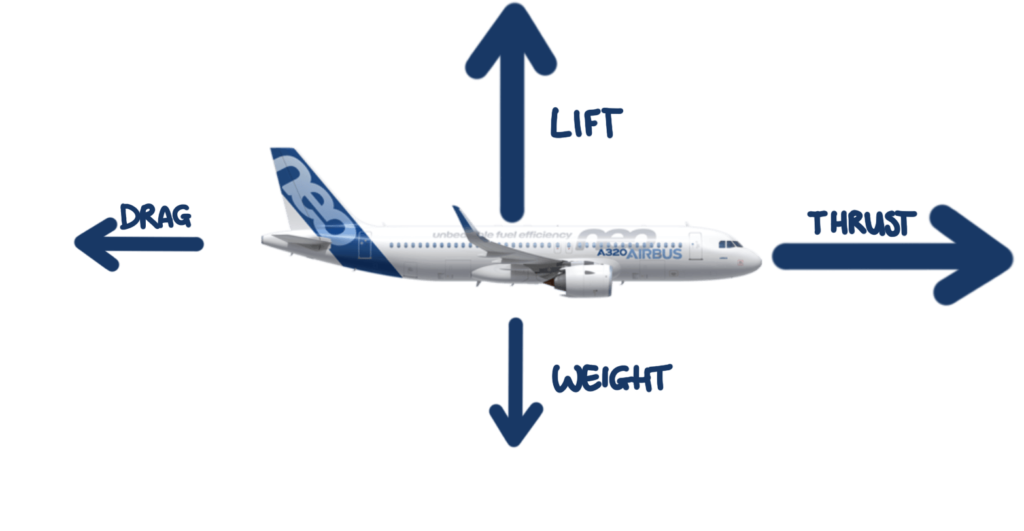
There are 4 forces acting on the plane.
- The ENGINES create THRUST that moves the plane forward.
- The WINGS create LIFT that moves the plane upward.
- The Earth's Gravity creates WEIGHT pulling the plane downward.
- The resistance of the plane moving through the air creates DRAG, a force that works backwards.
For the airplane to move faster, the THRUST needs to be bigger than the DRAG.
For the airplane to climb, the LIFT needs to be bigger than the WEIGHT.
There are 4 forces acting on the plane.
- The ENGINES create THRUST that moves the plane forward.
- The WINGS create LIFT that moves the plane upward.
- The Earth's Gravity creates WEIGHT pulling the plane downward.
- The resistance of the plane moving through the air creates DRAG, a force that works backwards.

For the airplane to move faster, the THRUST needs to be bigger than the DRAG.

For the airplane to climb, the LIFT needs to be bigger than the WEIGHT.

THE ENGINES
Tap on the image to look inside!
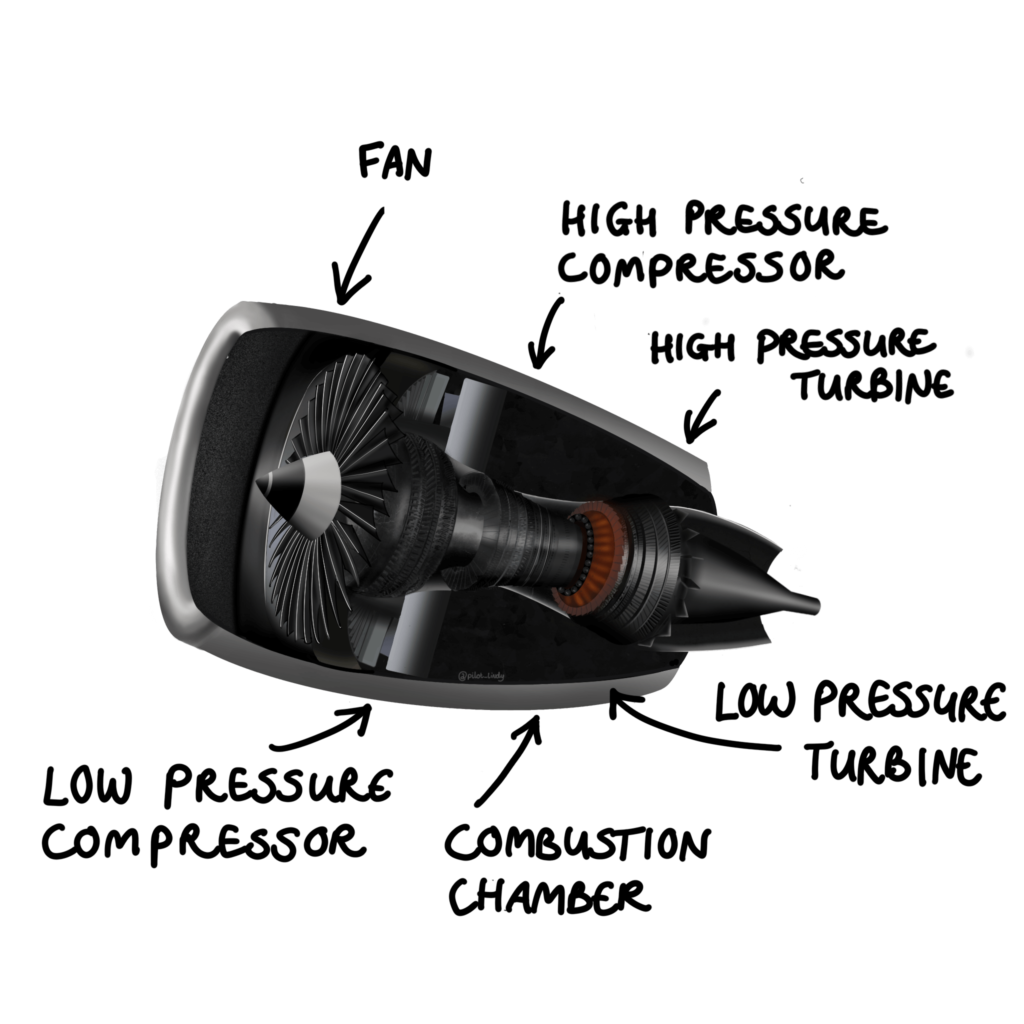
A jet engine is quite difficult to understand, but with this drawing you will see what an engine looks like from inside!
The big fan in front is turning around, taking in the air in front of the engine.
The air will pass through all kinds of compressors, what they do is press the air.
When the compressed air arrives at the combustion chamber, fuel is added, creating some sort of little explosion, in that way the engine gives the plane the power to move forward.
When we want to add more power, in the cockpit we move the throttle (or thrust lever) forward. The engine will get more fuel injected, creating more power, making the plane move forward faster.
THE WINGS
The wings have flaps, slats and spoilers that help the plane to fly.
The SLATS and FLAPS are used for take off and landing. They make the wing bigger and that creates more LIFT. Using the SLATS and FLAPS we can fly at lower speeds.
The SPOILERS (also called SPEEDBRAKES) help the airplane to slow down or to descend faster, because when they go up, they create more DRAG.
TAKE OFF
APPROACH
APPROACH
APPROACH
LANDING
Previous slide
Next slide
